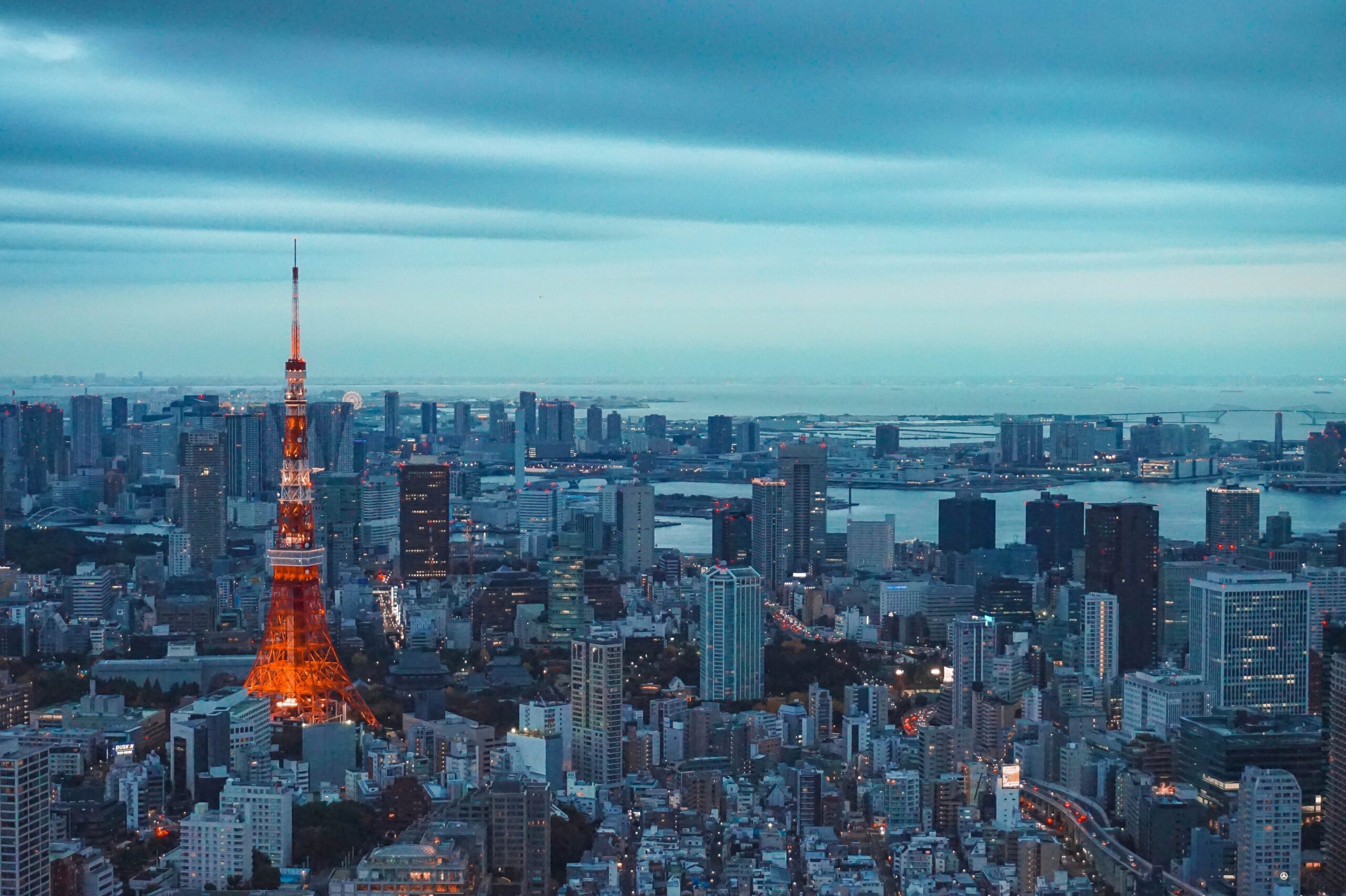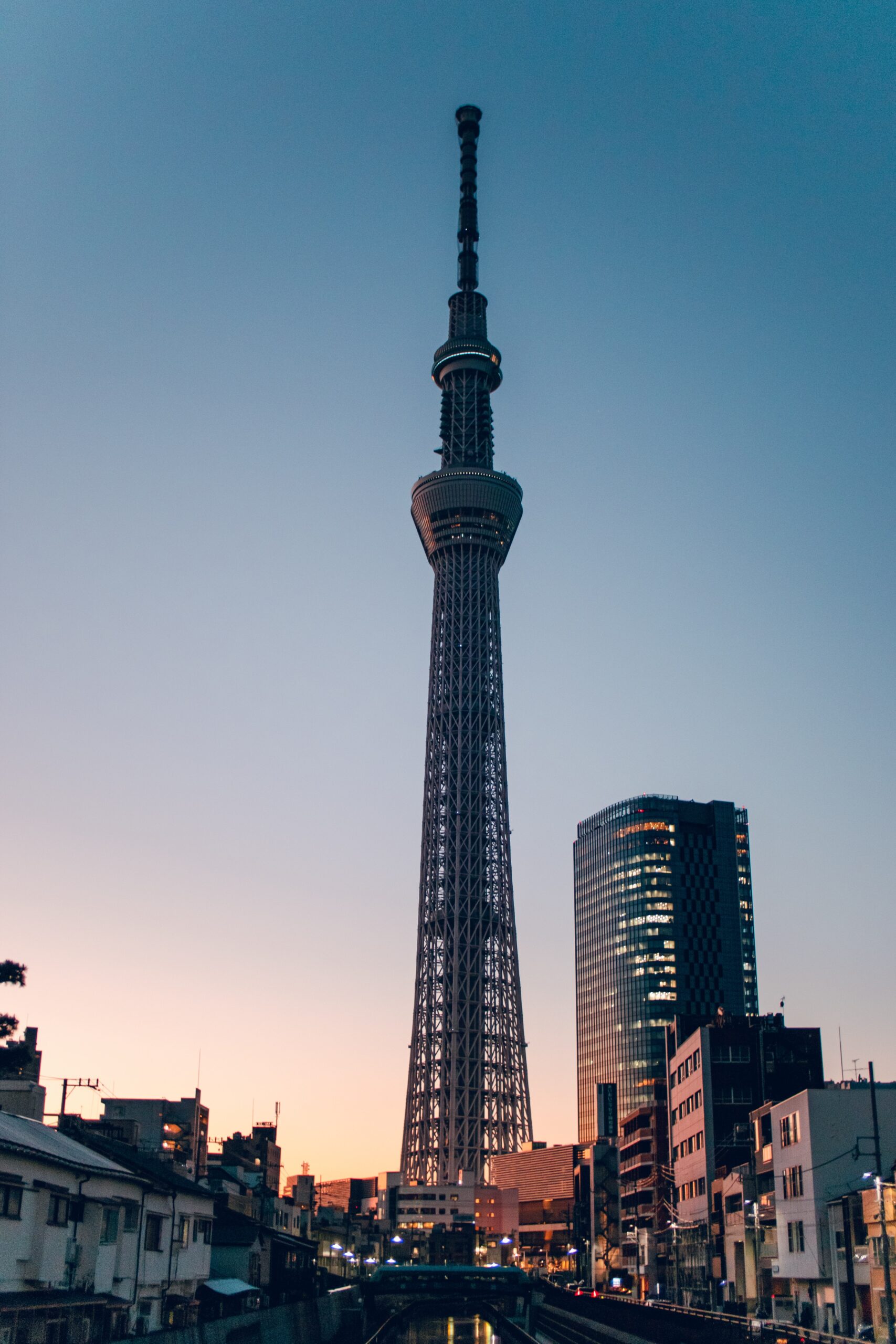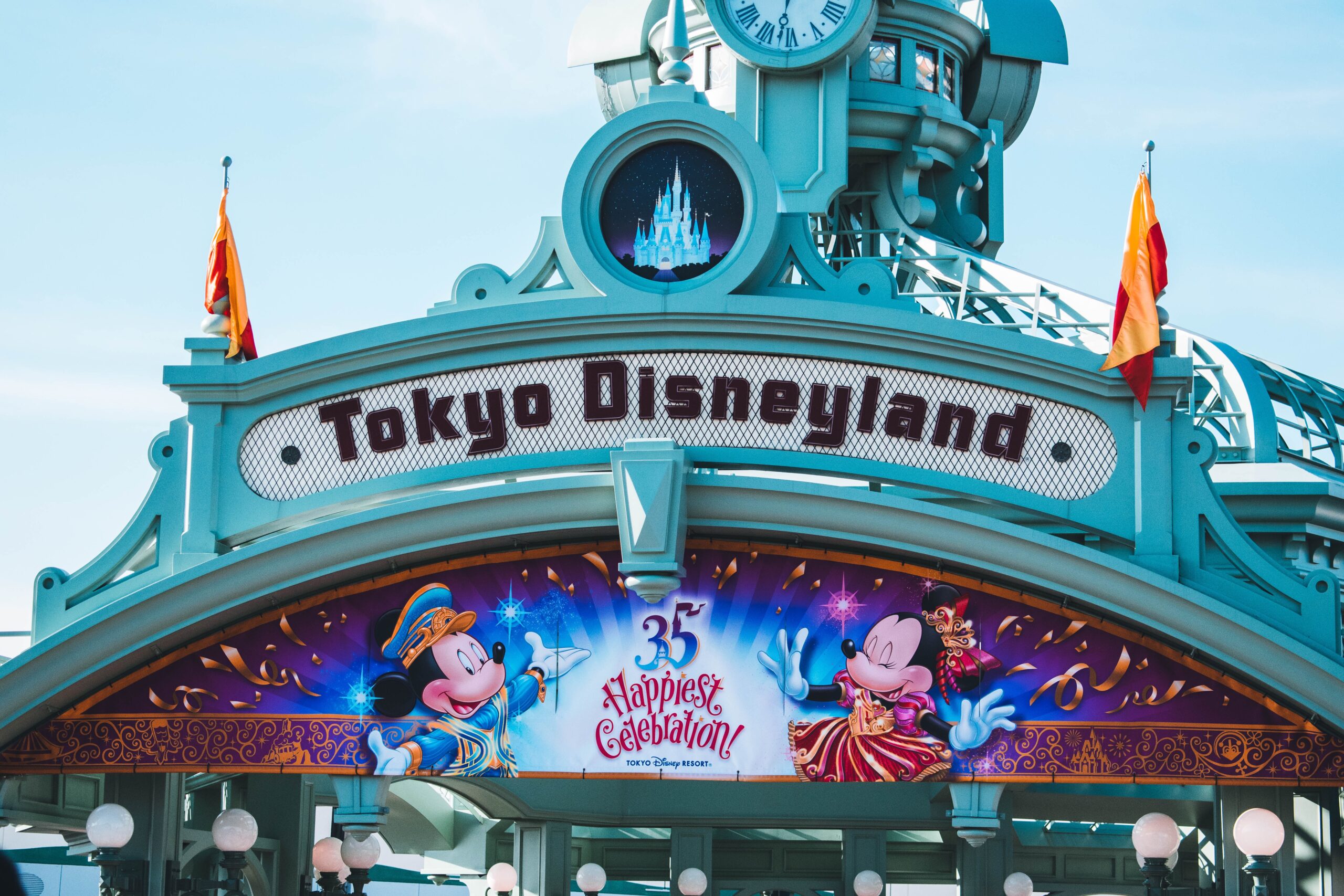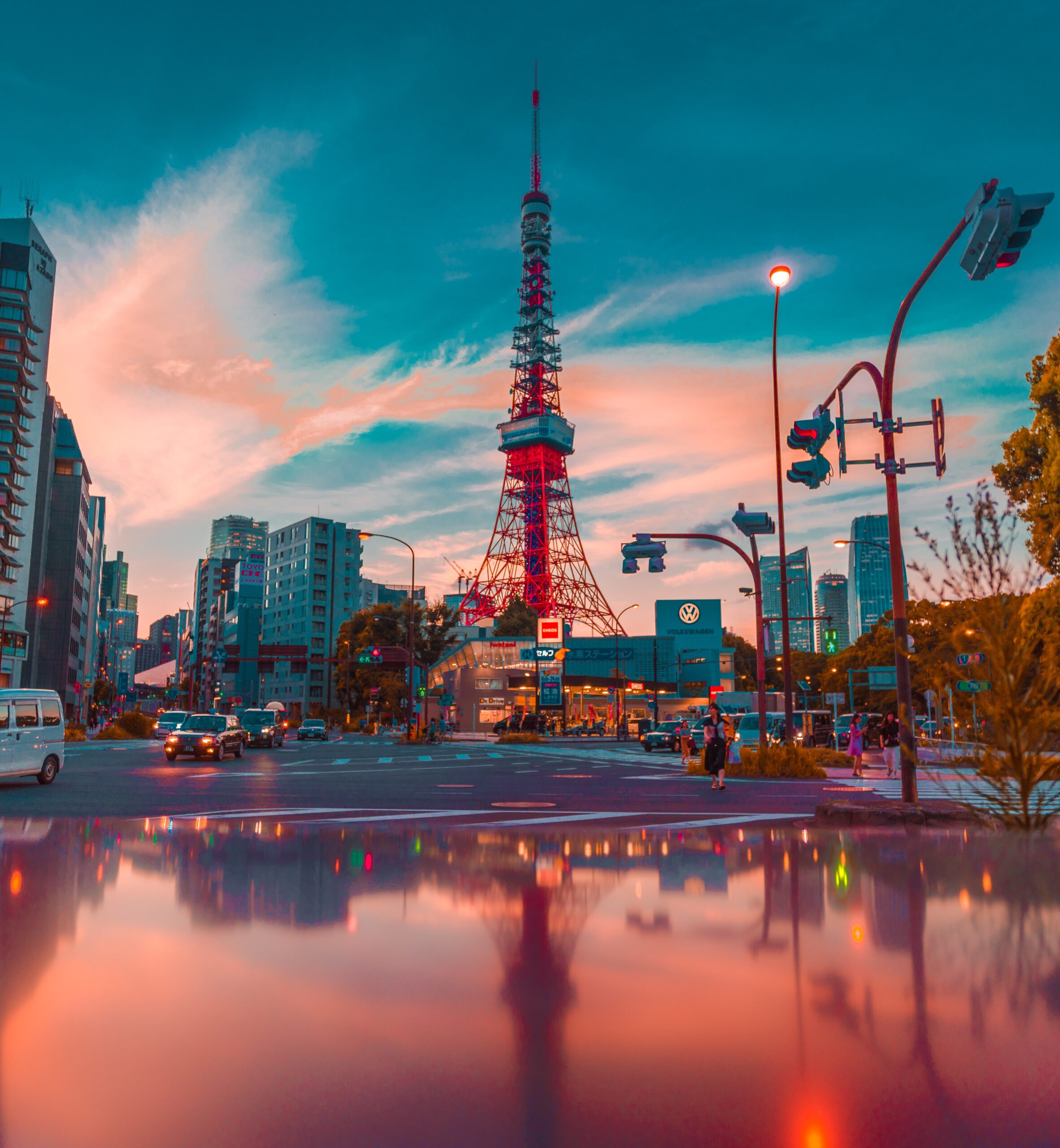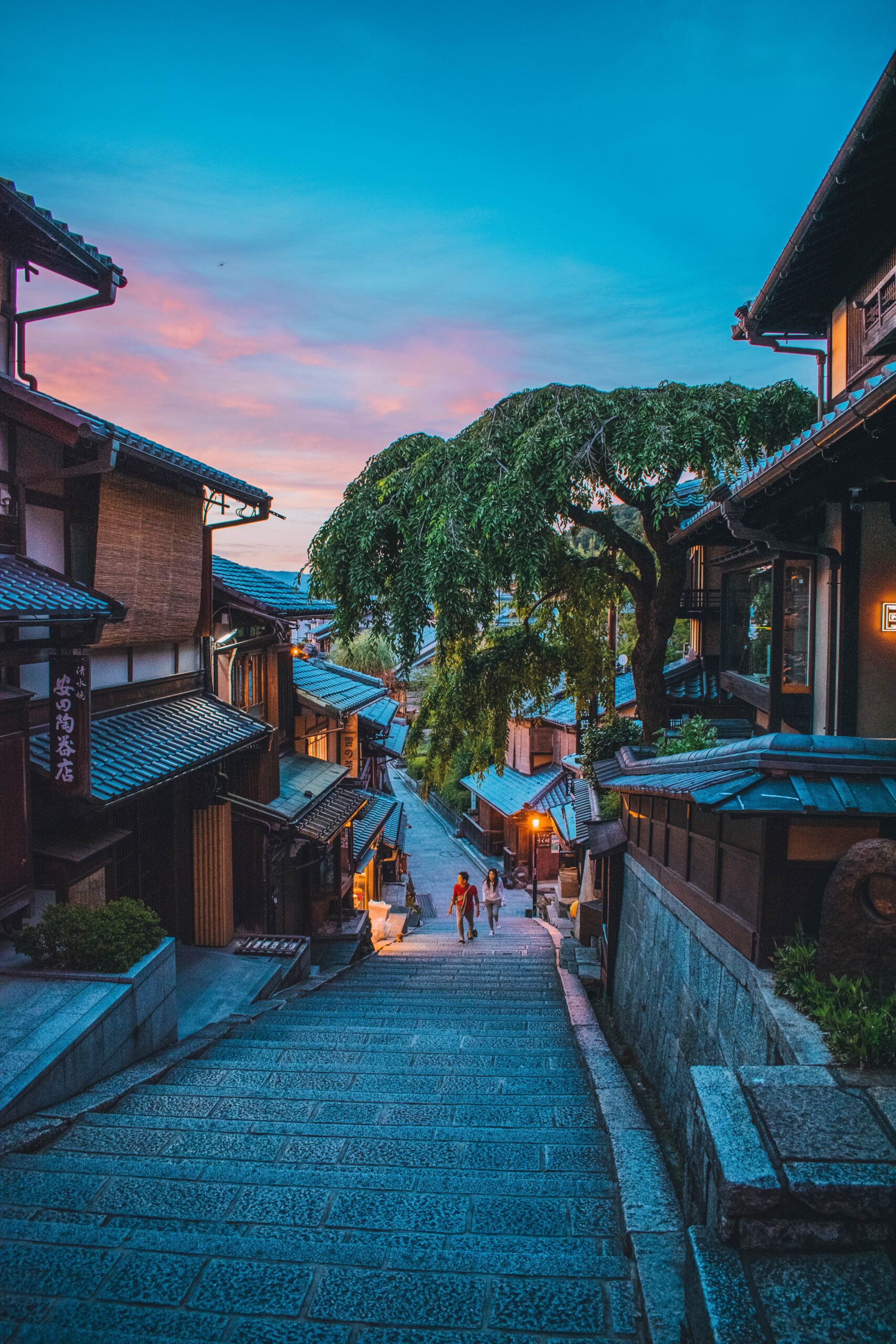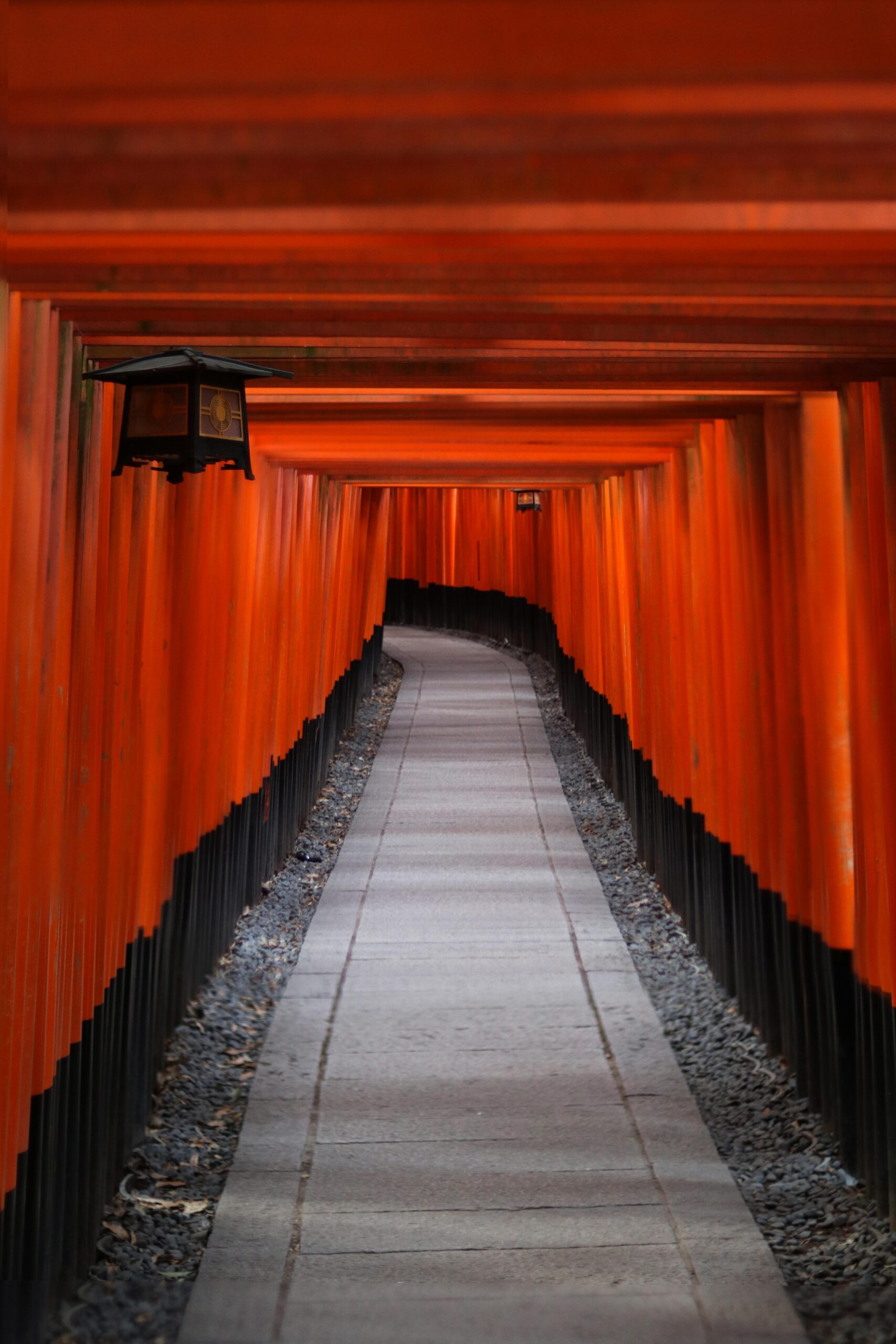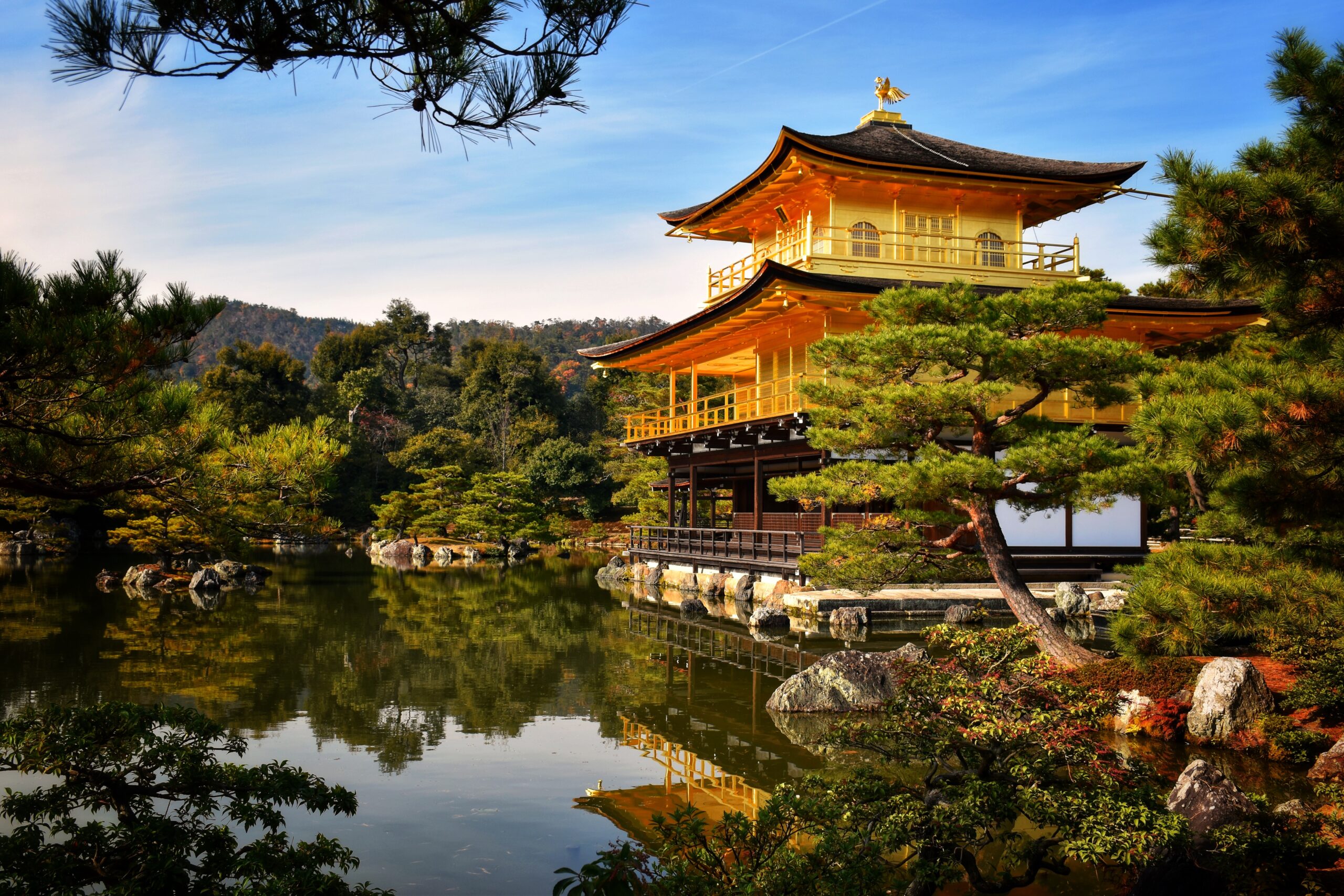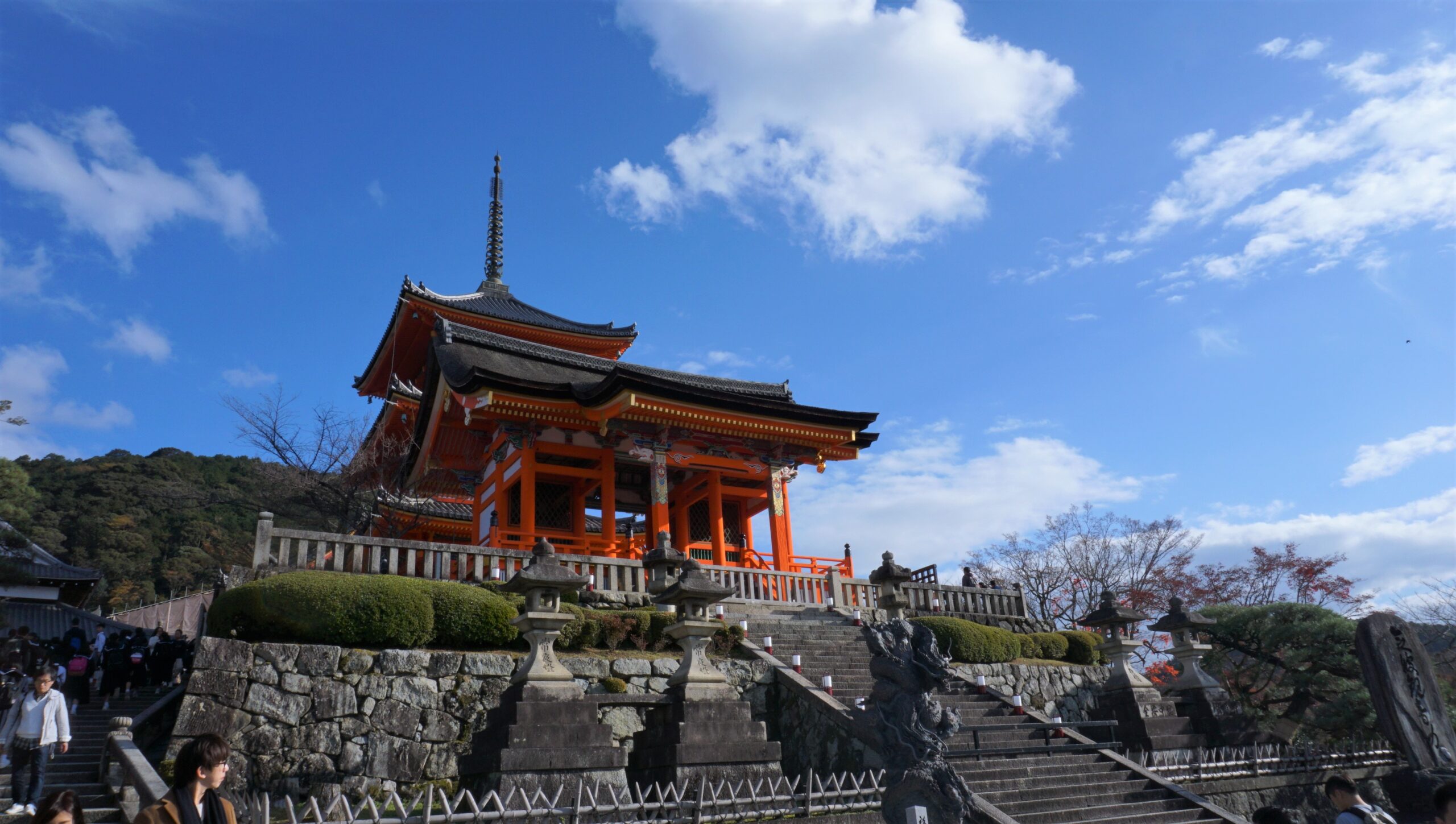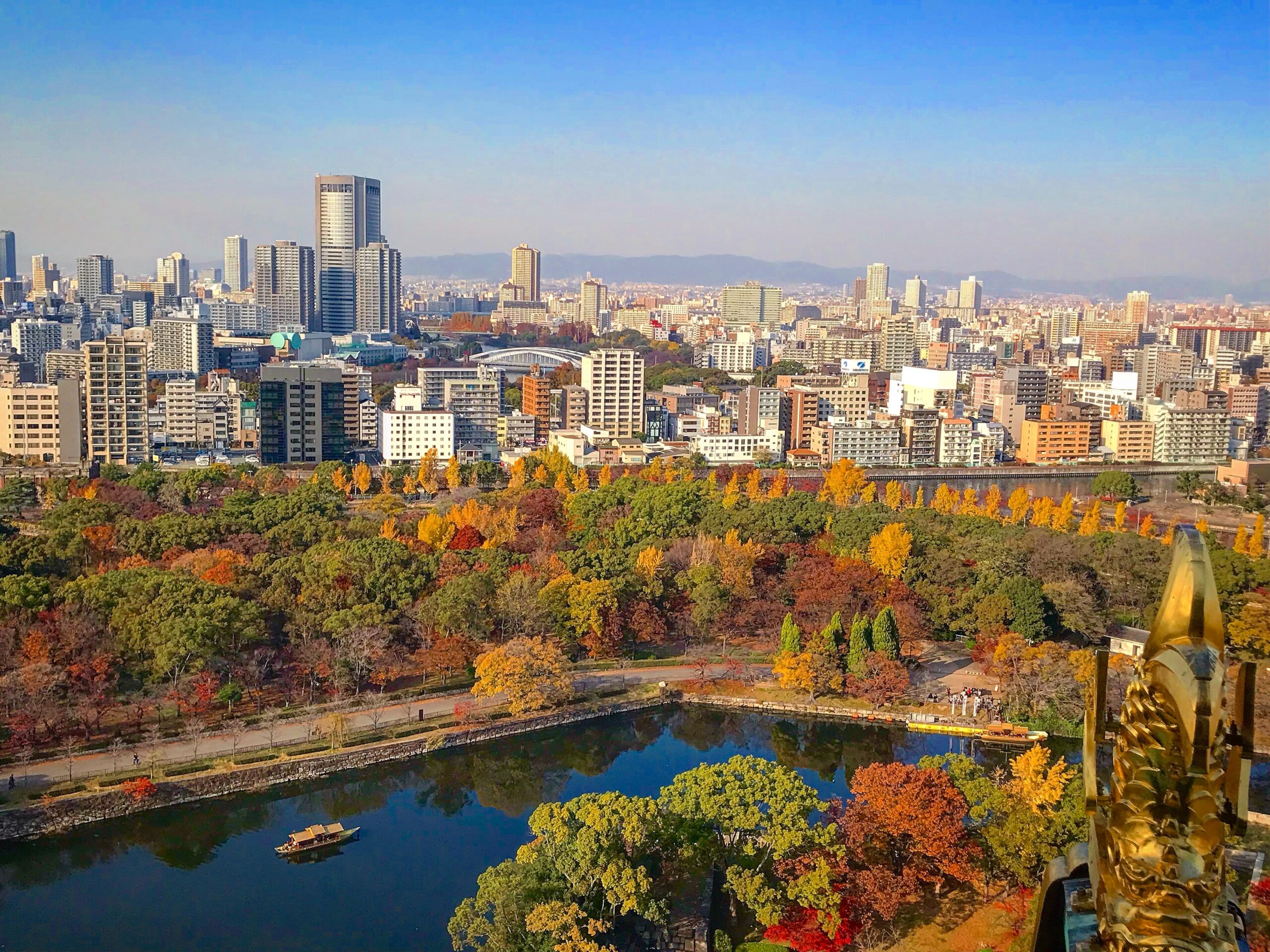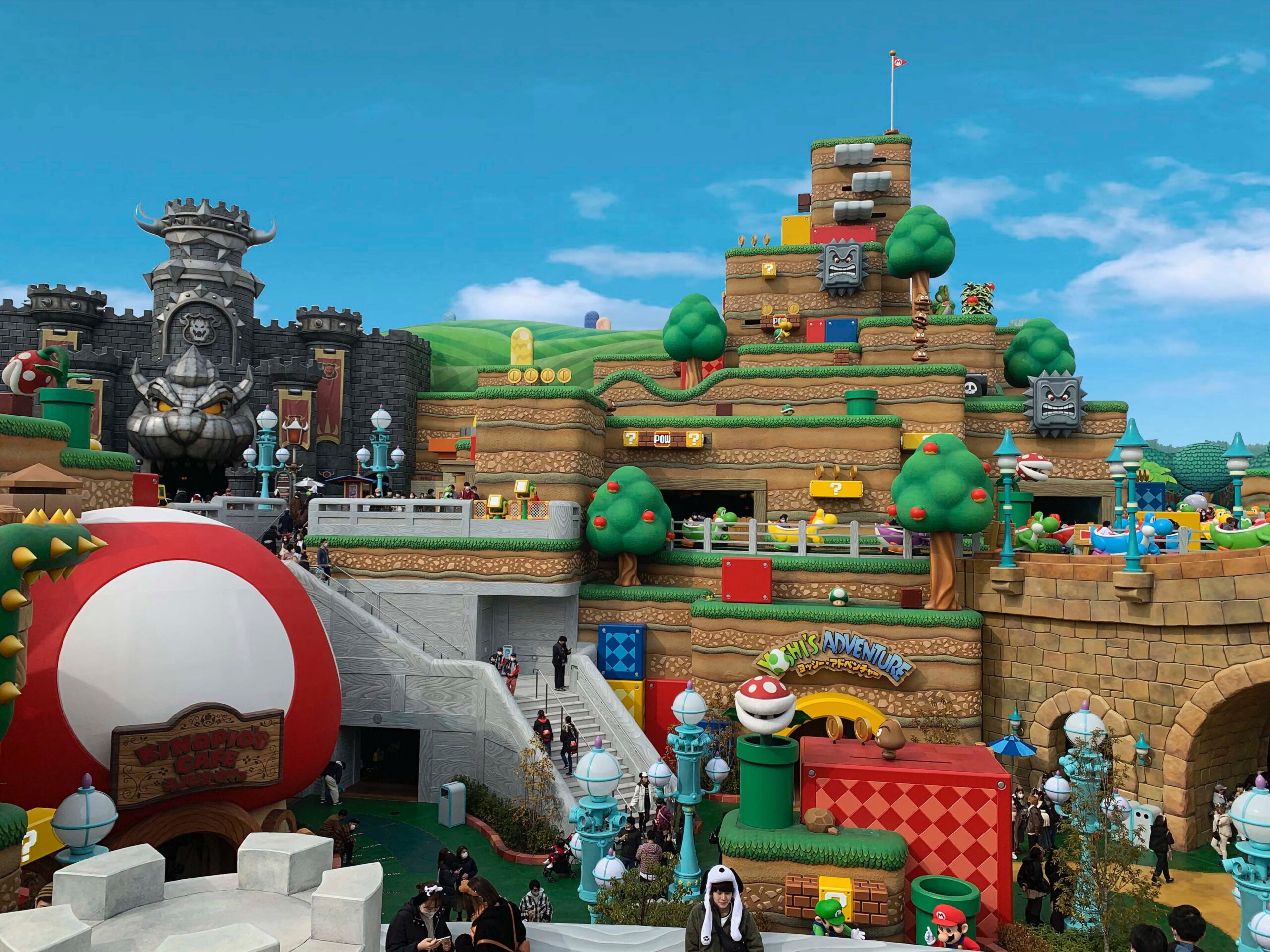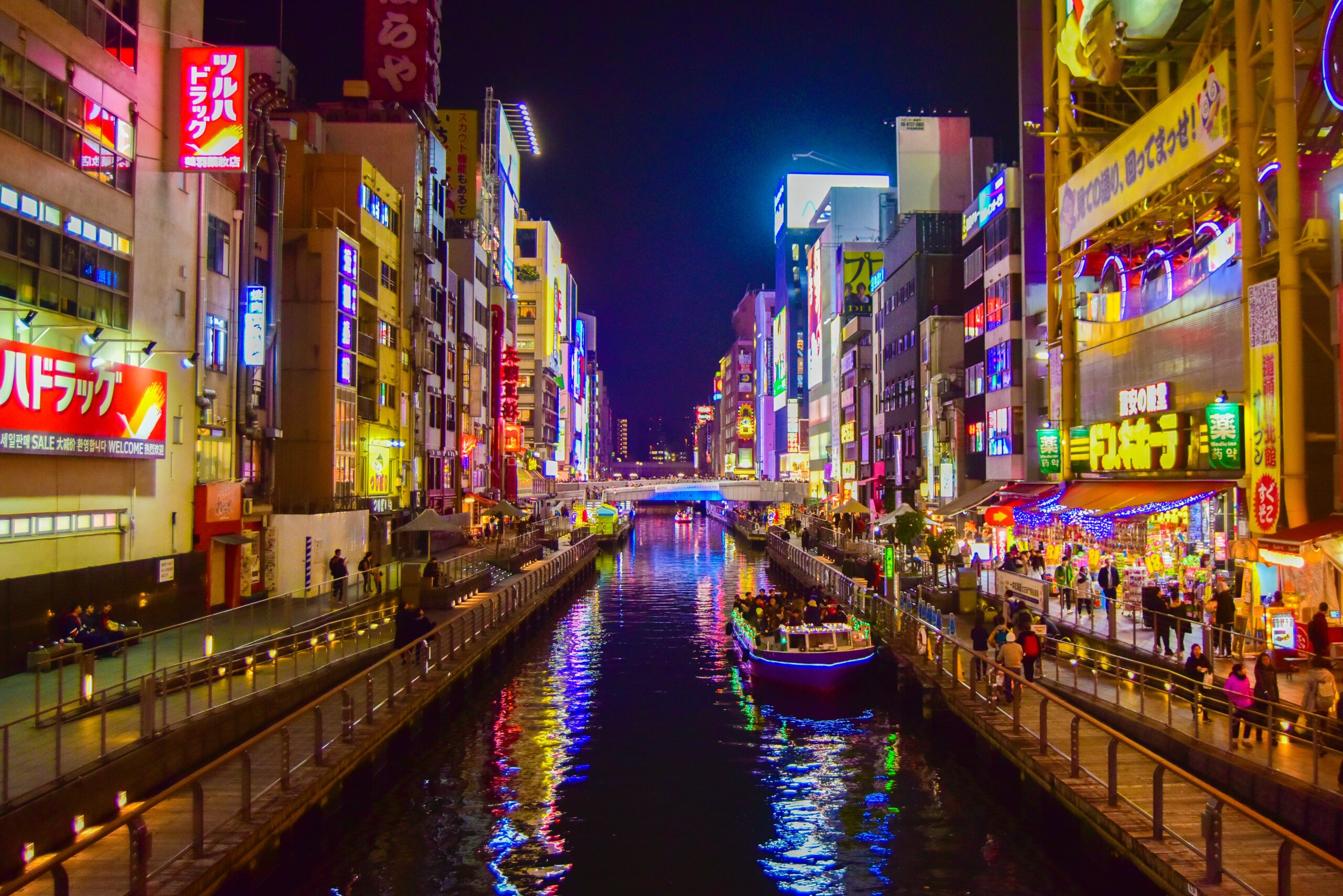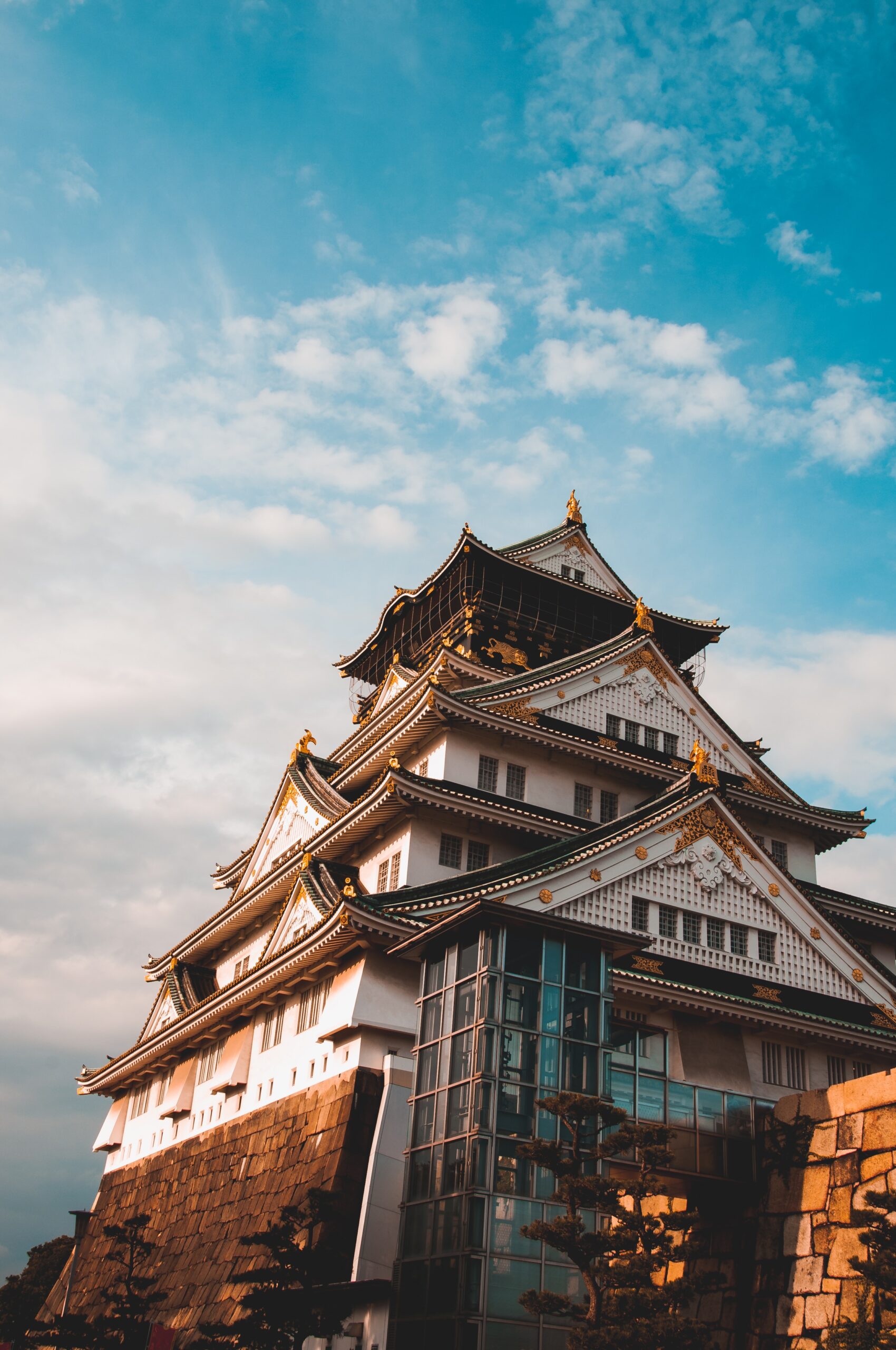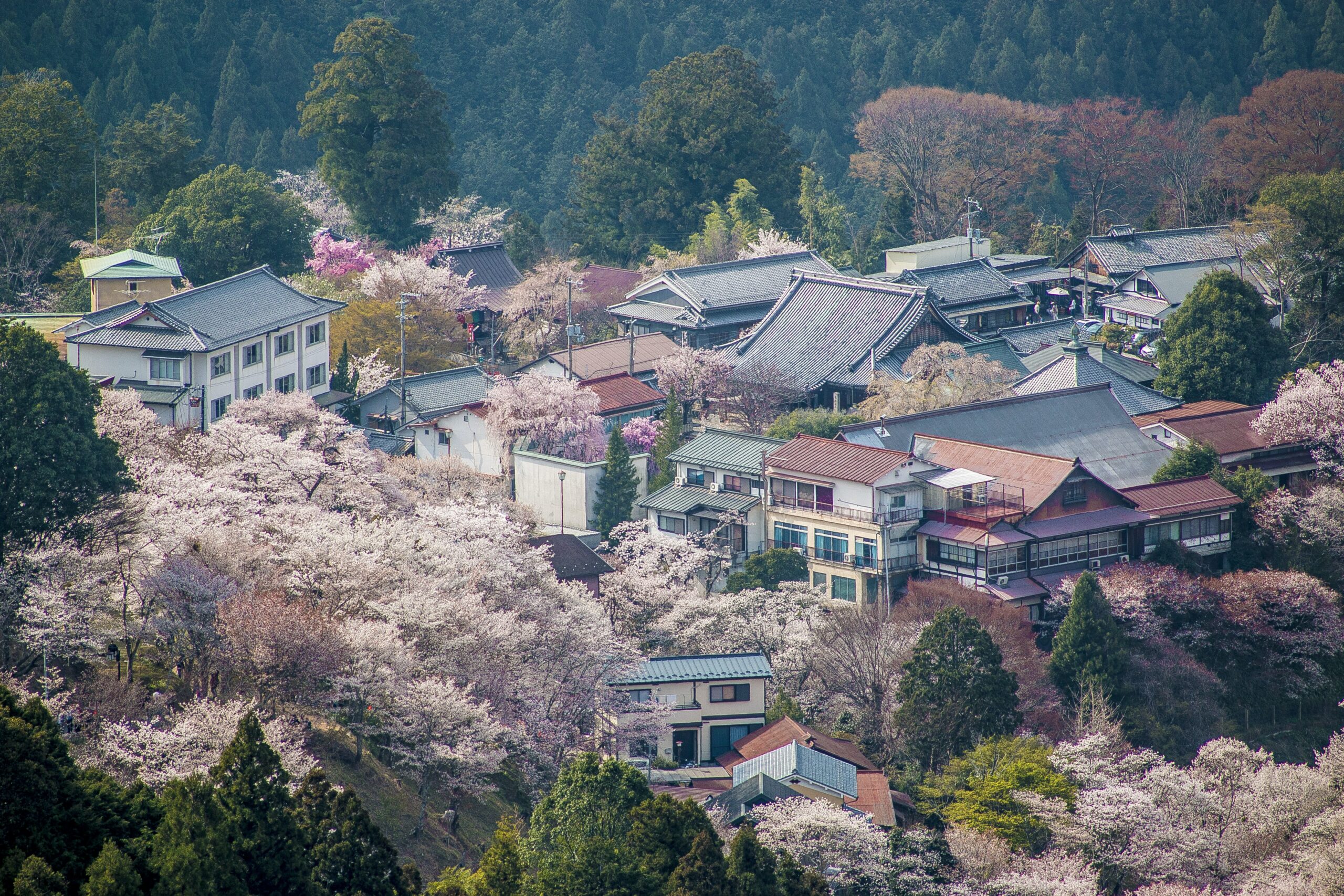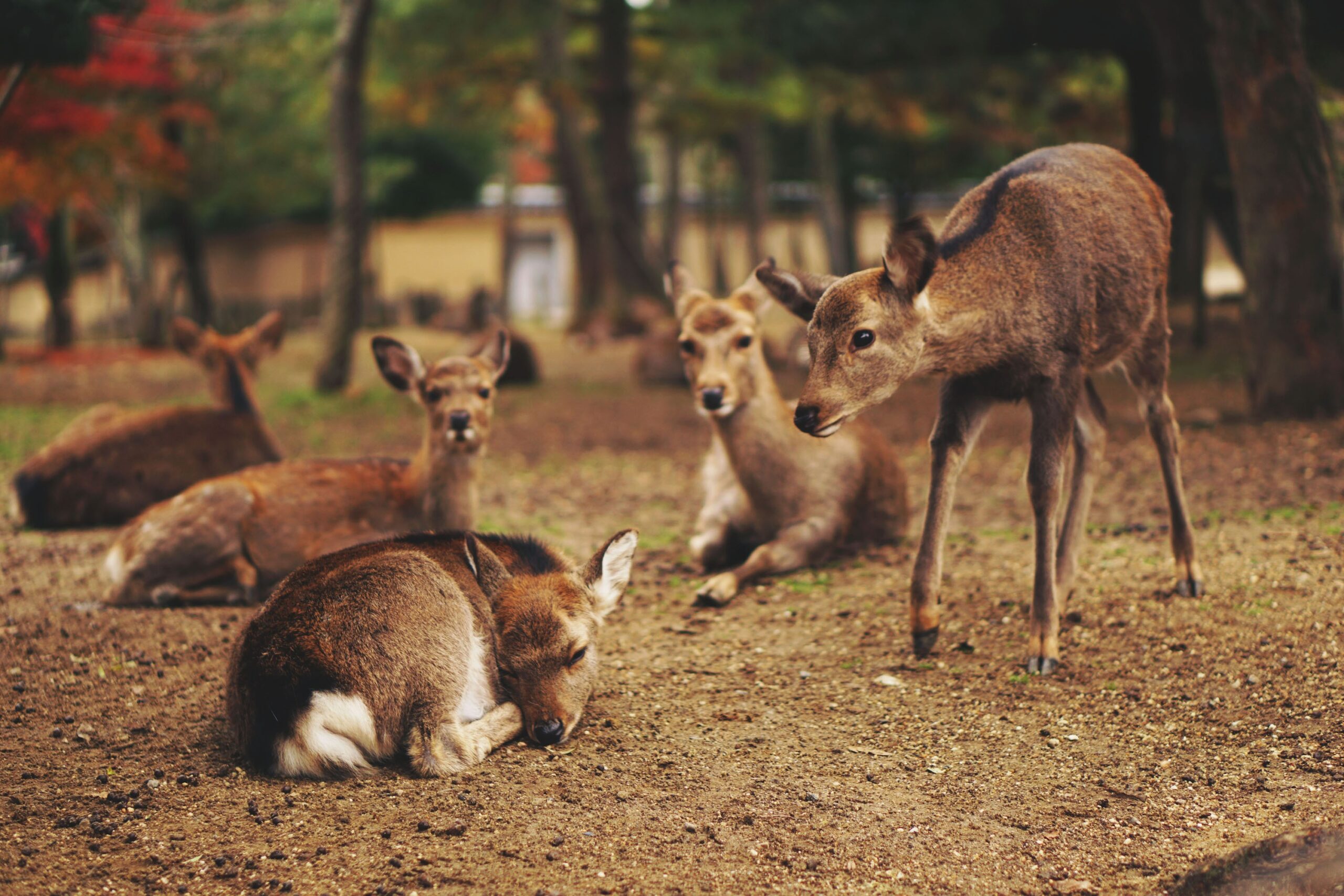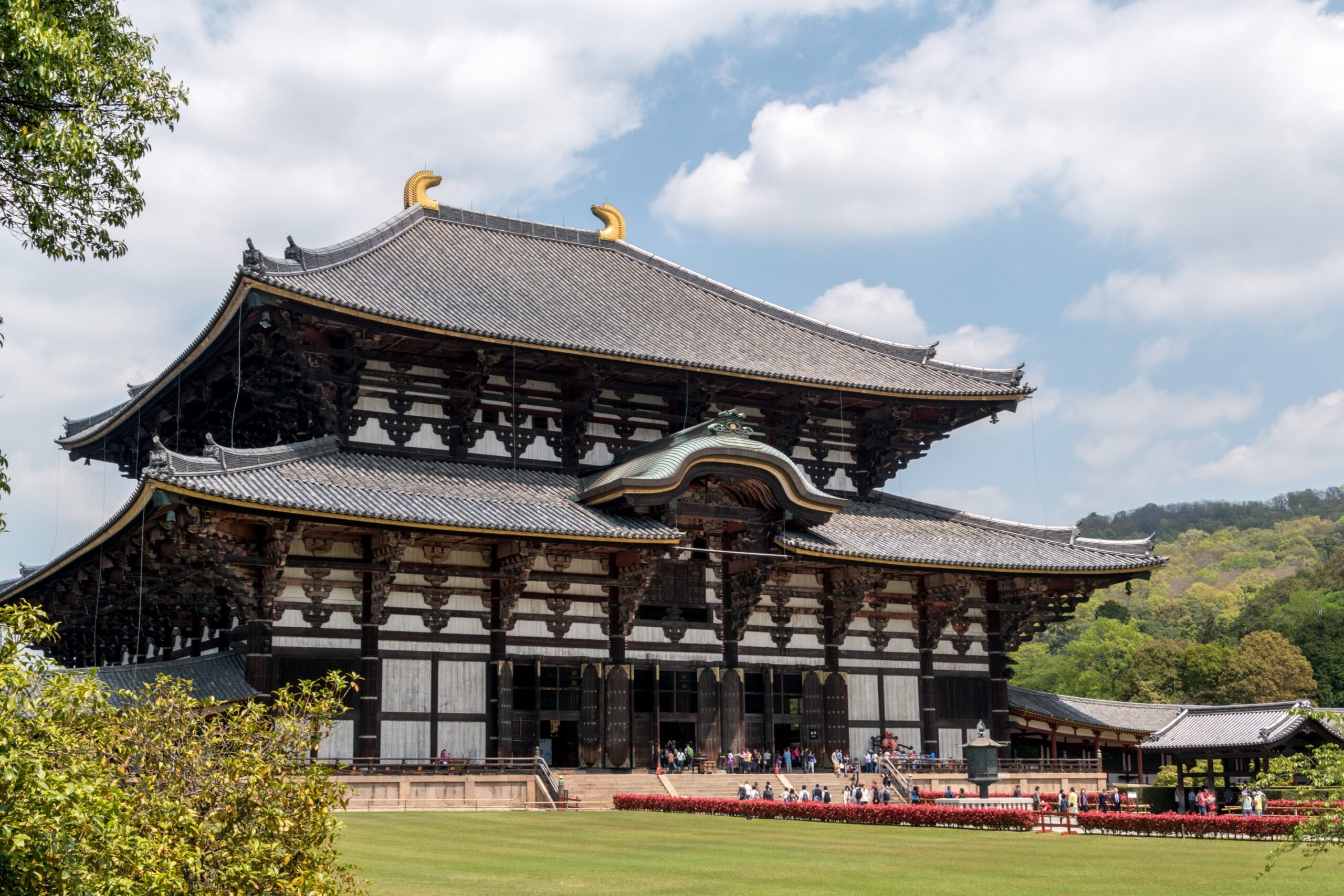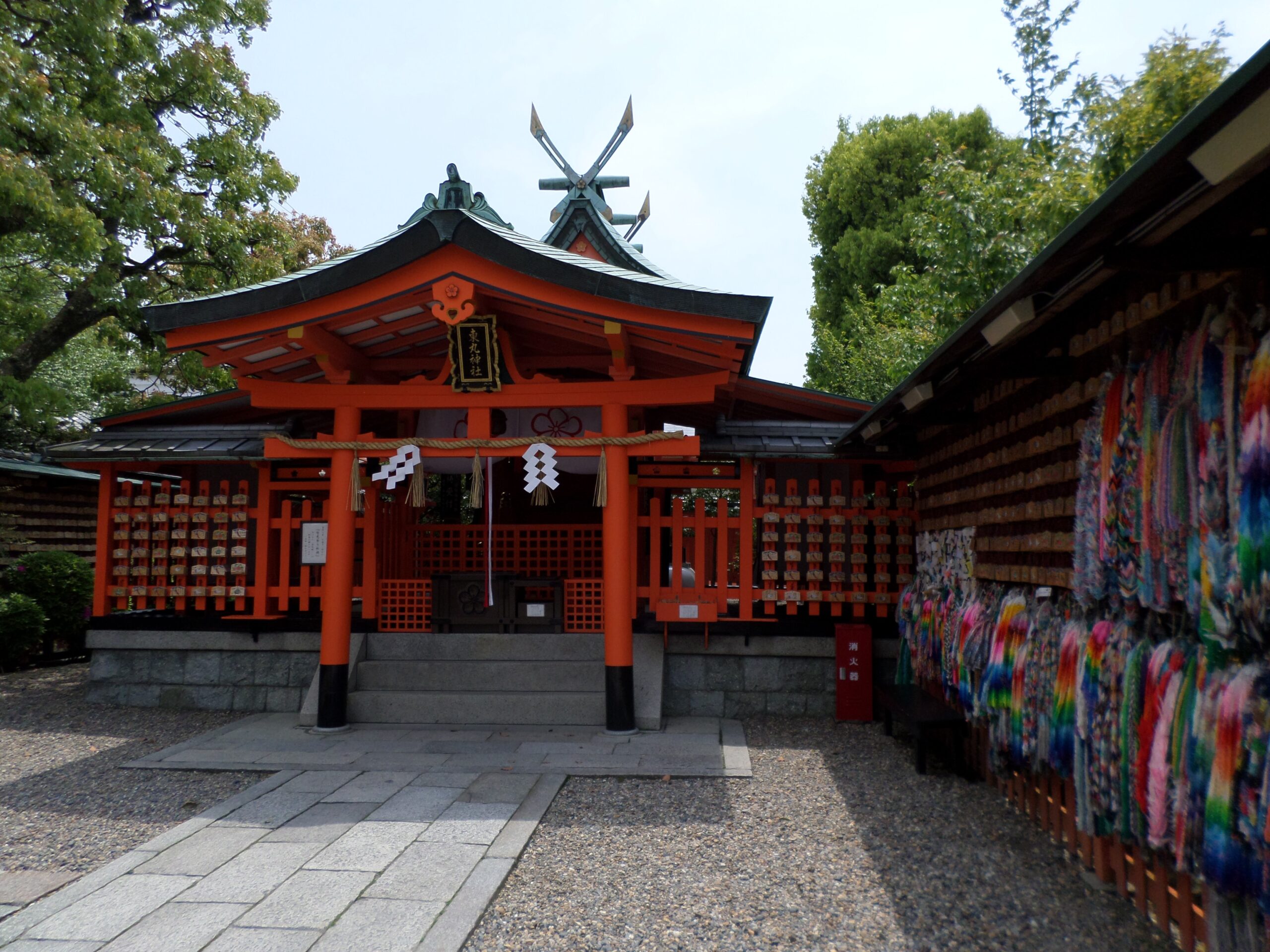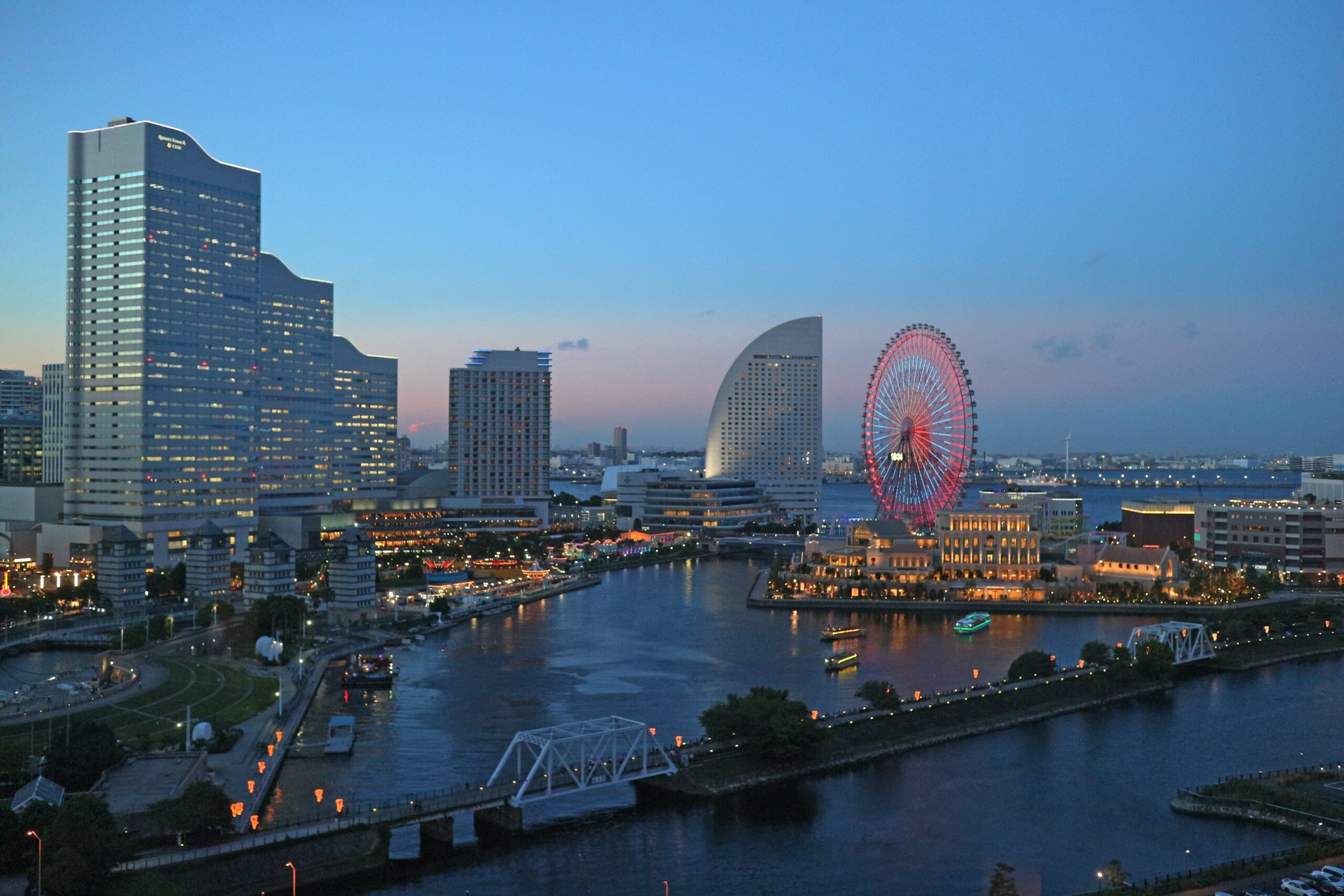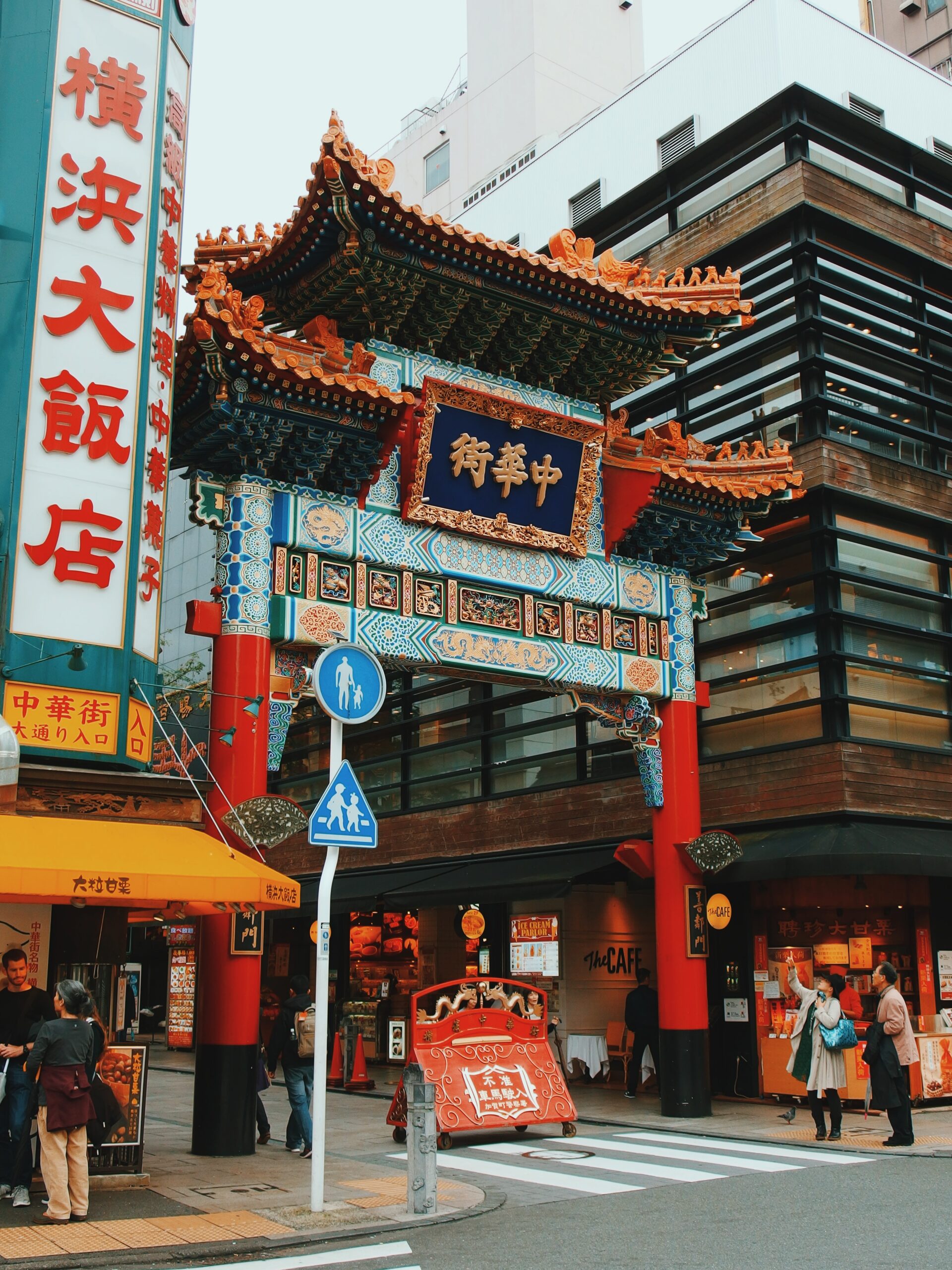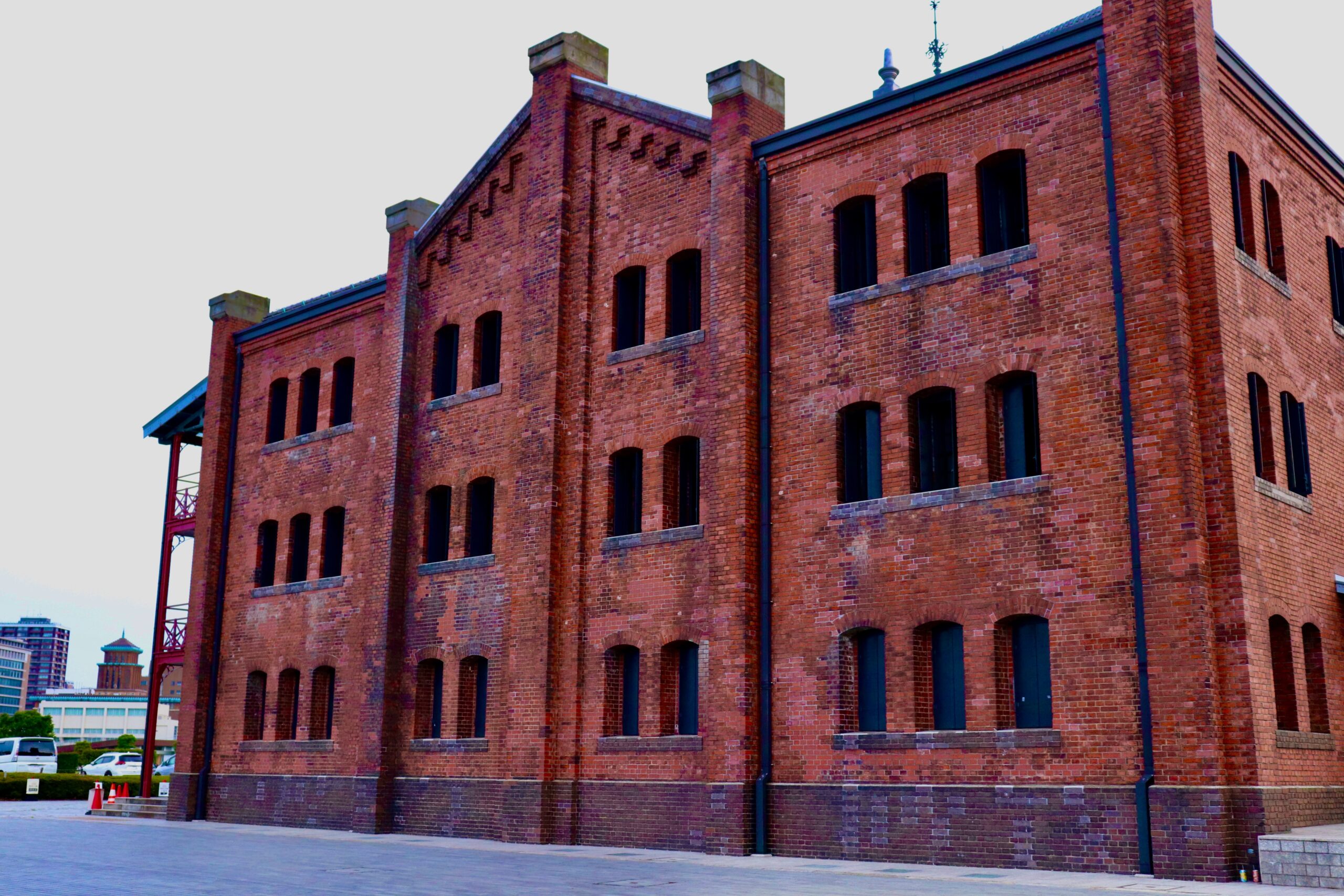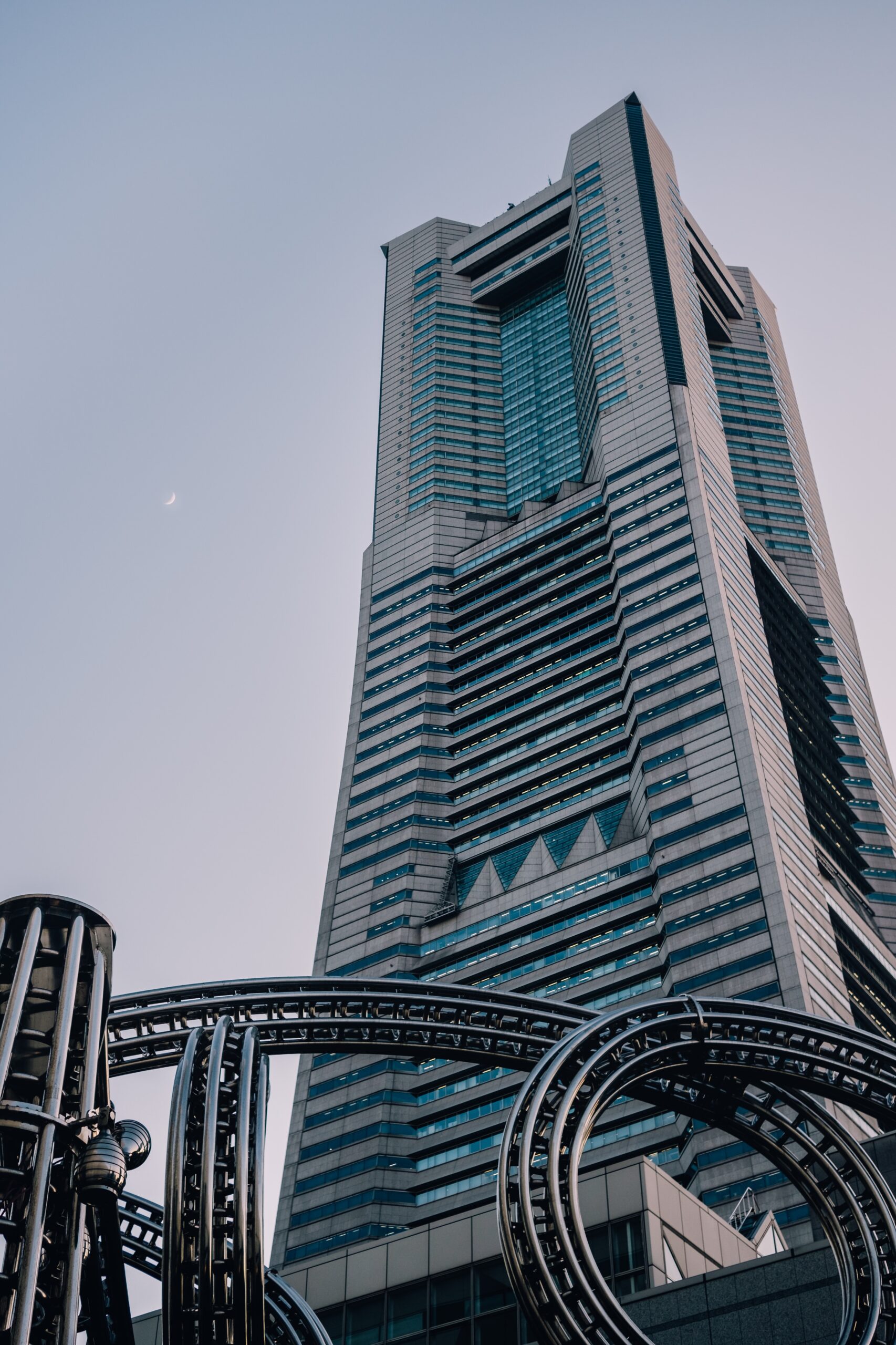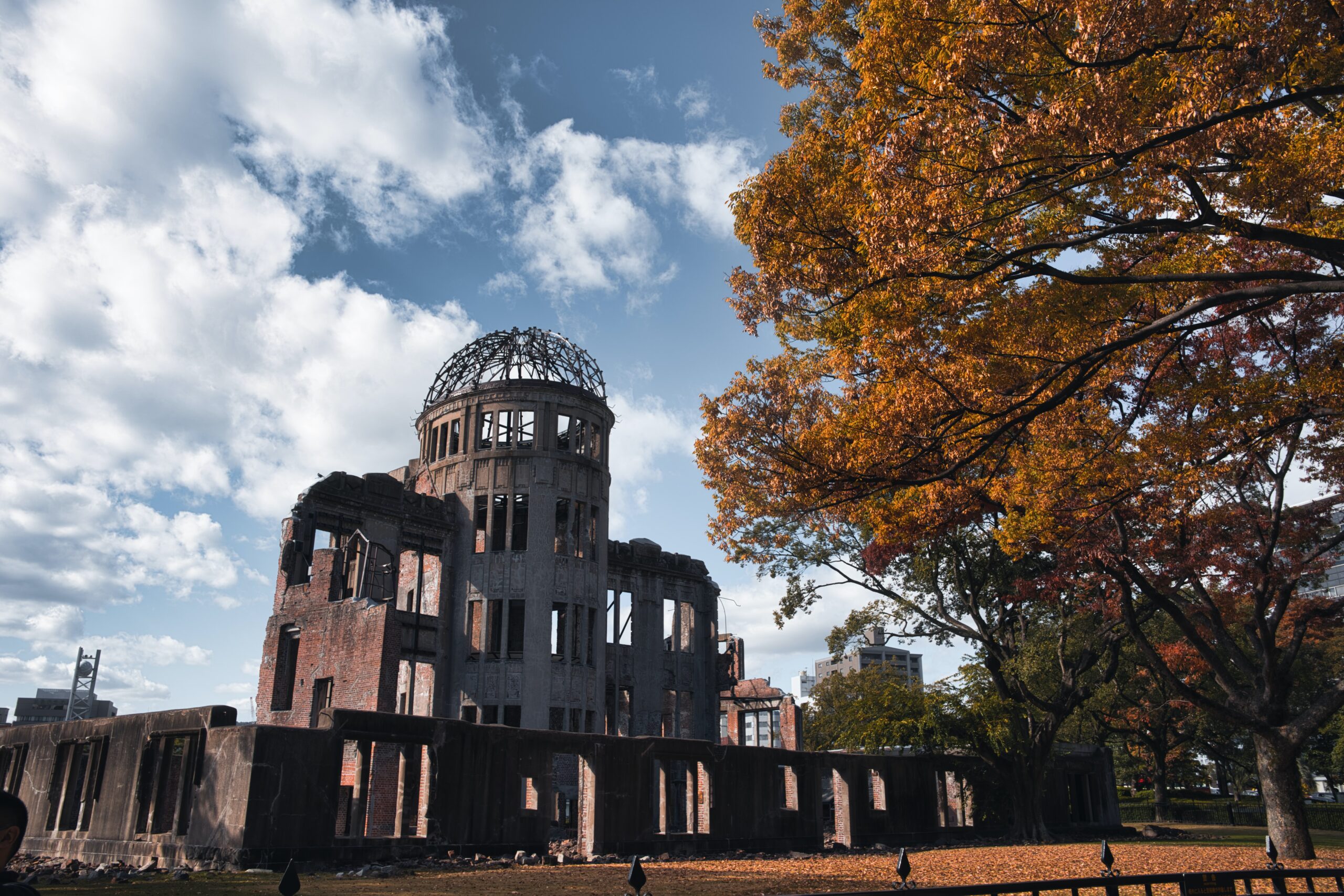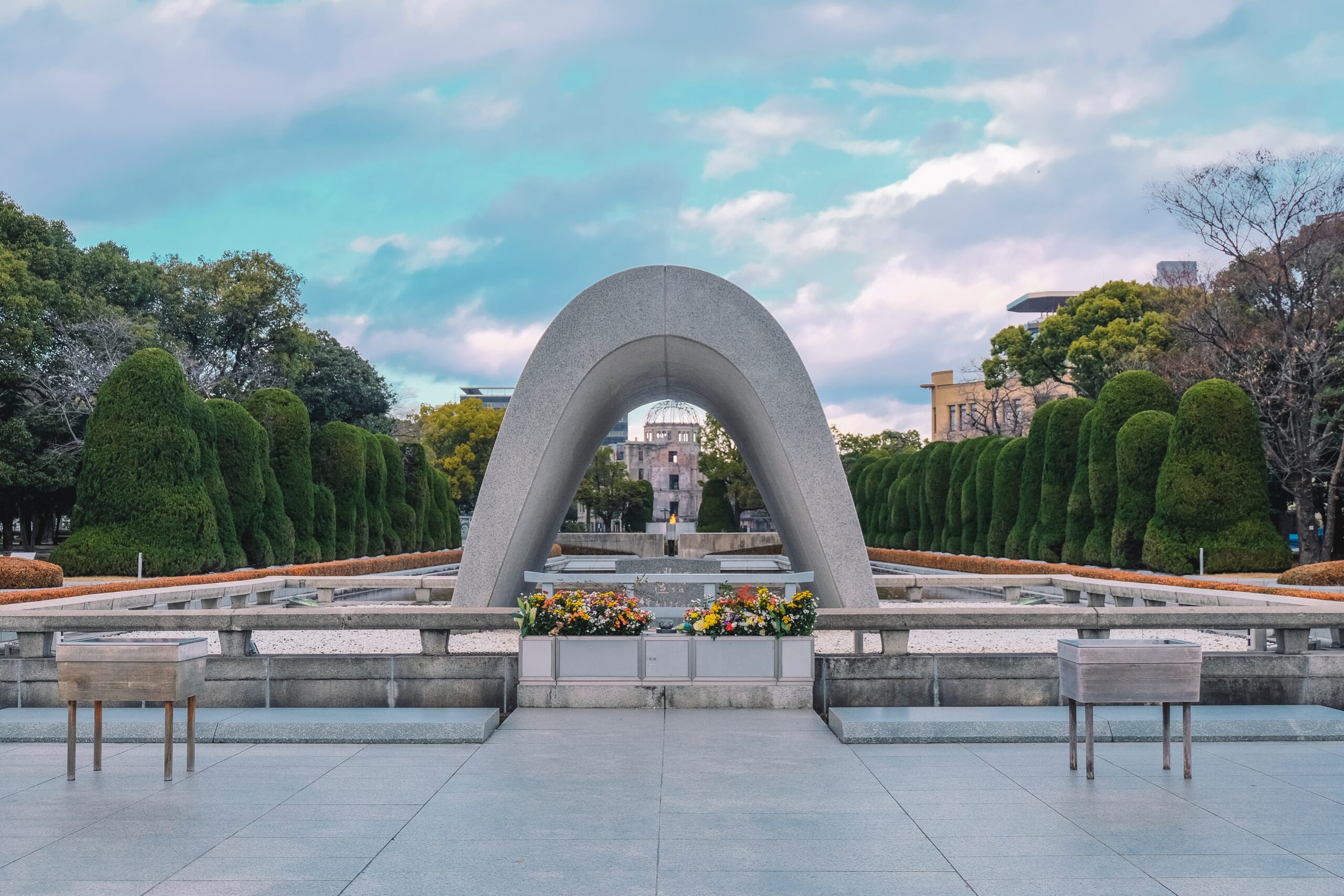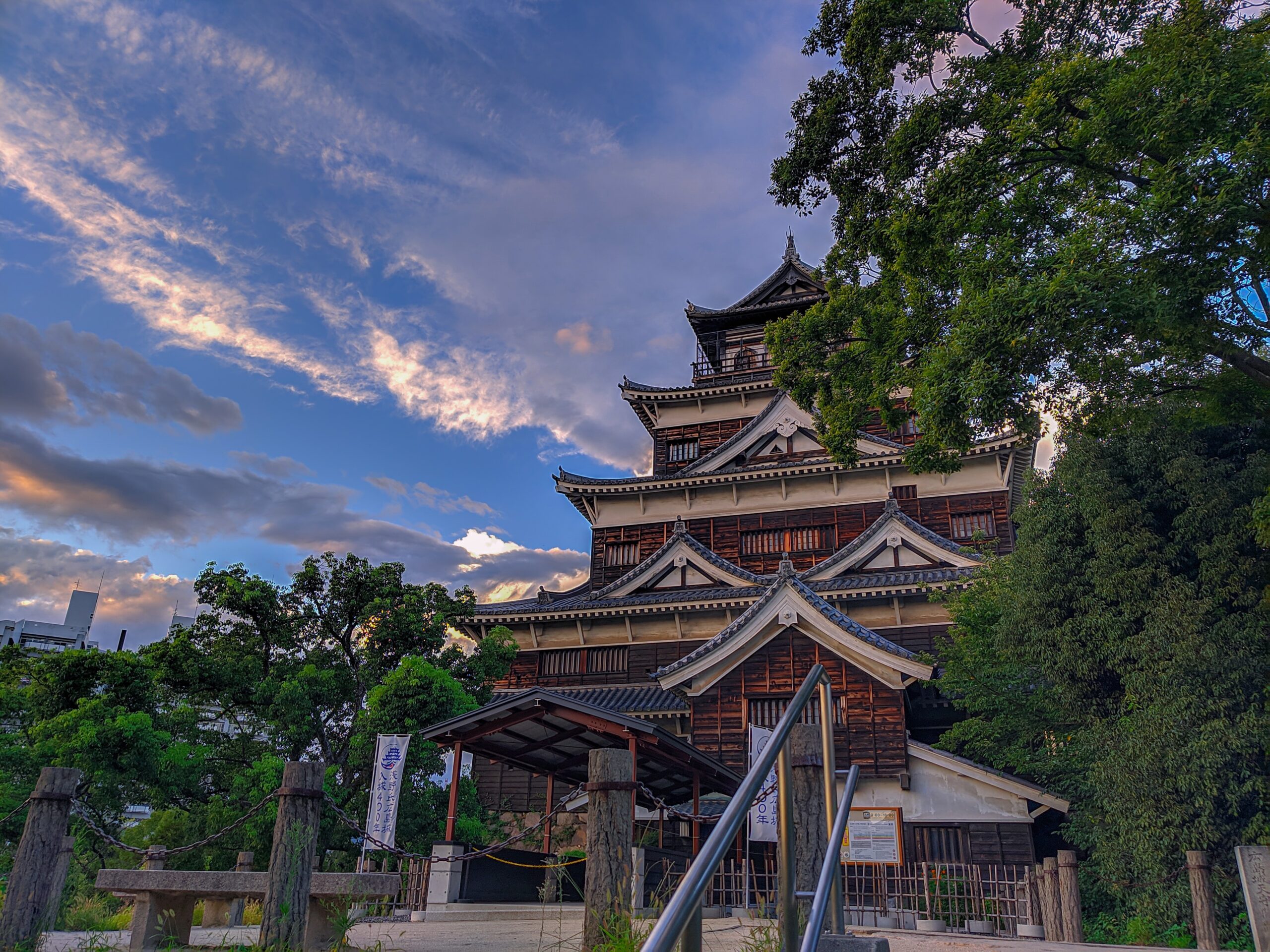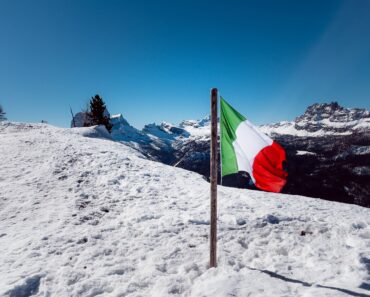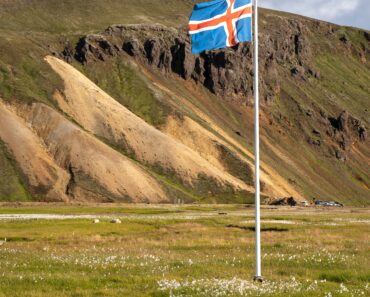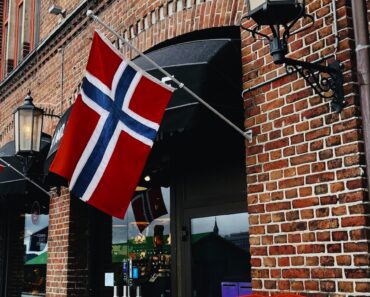When you hear the name of Japan, the first thing that comes to your mind must be the extent of development and prosperity experienced by a country that succeeded in a few years in moving from the state of total destruction left by the war to what we see today in terms of progress and modernity that made it worthy of its title as planet of japan. Perhaps many of us know about Japan’s present and predict its future, but who among us knows about the rich history of this country, its authentic and distinctive eastern culture, and its picturesque nature, where spring sakura flowers, volcanic Mount Fuji, and other ice mountains tempt adventure lovers to climb and ski in winter, and where temples, shrines, castles, and palaces whose architecture speaks of the etraoridnary Japanese art and culture, to parks and modern amusement parks. All this and more that you will not only be able to hear about, but also enjoy if you decide to travel for tourism in Japan.
Tokyo
Tokyo, the capital of Japan and its financial, political and cultural center since the 19th century, is located on the east bank of Honshu and west of Tokyo Bay and close to the Sumida River.
Tokyo is an important area to attract tourism in Japan and is classified among the most beautiful and attractive cities in the world for travelers, due to its picturesque geographical nature, culture and history that meet in the museums of Ueno Park, heritage and opera theaters, and recreational activities unsimilar in other cities like spring festivals where the celebration of the blooming of sakura trees and the activities of climbing Mount Fuji, the highest Japanese mountain peaks, which attract large numbers of tourists to visit Japan.
Top 3 landmarks in Tokyo:
1. Tokyo Skytree
Japan’s famous and prominent landmark, despite its reign, dating back to 2012, is probably because it is Tokyo’s tallest tower to date, and perhaps also because it is its official radio and television tower.
Known for its entertainment and functionality, Tokyo Skytree has an infinite mall with endless high-end shops and observatories above from which to enjoy a panoramic view of Tokyo from above, with an unparalleled opportunity to dine on the outdoors of Japanese food during a pleasant summer holiday.
2- Tokyo Disneyland
It is one of the best tourist attractions in Japan when your trip to it is accompanied by children. The place is an integrated entertainment city that copied the original American city of Walt Disney. Rather, it is the first city for the famous Walt Disney Company to produce children’s films and programs outside the United States of America dating back to the early eighties and the third big entertainment city in the world. The city includes 7 vast recreational areas that accommodate more than 16 million visitors annually.
3- Tokyo Tower
One of the most charming and integrated tourist places in Japan for family trips, the tower, which is classified as the second tallest tower in Japan, is essentially a residential tower that was designed in a unique way to serve as a full-service area within one building. The Tokyo Tower includes residential apartments, service and entertainment areas such as restaurants, cafes and shops of all kinds, a museum, a garden and an art gallery, so do not miss visiting it.
Kyoto
It is one of Japan’s ancient cities with a rich history and culture as the country’s former capital.
As for tourism, Kyoto is famous for its luxurious historical and archaeological buildings with a sophisticated design of temples, palaces, shrines and castles, and the beautiful ancient city offers the tourist a great opportunity that will not be compensated by another city to taste delicious Japanese food in kaiski porcelain and drink Japanese green tea with a flavor that unsimilar to everywhere else in the world.
Top 3 landmarks in Kyoto:
1- Fushimi Inari-Taisha
One of Japan’s most famous tourist attractions in the heart of Kyoto thanks to its unique design for foreigners, its high sacredness, and the associated myths and beliefs that have an ideological dimension for the city’s indigenous people and the Japanese people as well
The temple features multiple doors of approximately 10,000 doors and stone lanterns that adorn its entrance with famous moving army reliefs.
2- Kinkakuji Temple
One of Japan’s famous landmarks in the heart of Kyoto and one of the main and famous cities in Japan, the temple, which according to other names bears the name of the Golden Pavilion, is characterized by its ancient history dating back to the end of the 14th century as the retirement home of the country’s military ruler at the time before it turned into a famous Buddhist temple.
Perhaps the most famous feature of Kinkaku-ji Temple is the shiny golden leaf that adorns its last two floors with the lush garden that also adorns its façade.
3- Kiyomizu-dera Temple
One of the most famous tourist spots in Japan in general and Kyoto in particular, it is an old temple dating back to the eighth century AD, making it one of the oldest Japanese Buddhist temples, and more specifically the goddess of mercy Canon.
The famous Buddhist temple is built from traditional Japanese architecture, with its location on top of a steep hill and a wooden balcony in the middle without any nails or fastening materials to give a distinctive view of the amazing city.
Osaka
Osaka, or as they call it Venice of the East, is located on the southwest coast of Honshu Island, the source of the Yodo River, on a single line with the cities of Kyoto and Nara, and can be described as one of Japan’s most important and biggest cities.
Touristically, the city has many natural and historical elements that made it one of the main tourist attractions in Japan, such as the canals and the bridges that cross the top of them up to a thousand bridges, a long history that extends to the roots of the emergence of the state of Japan, and finally modern life and buildings that reflect a striking and different architectural taste.
Top 3 landmarks in Osaka City:
1- Universal Studios Japan
One of the most important tourist attractions in Japan is one of the 4 largest and most visited global amusement parks with more than 10 million visitors every year, most of whom are families and children.
Universal Studios includes a huge number of exciting action games that suit different ages and tastes, simulating international amusement parks, in addition to horse riding and shopping opportunities through a number of stores displaying the most famous and finest brands.
2- Dotonburi Region
If you want to get a quick and flowery glimpse of Osaka, its culture and history in one tour, welcome to Dotonbori District, one of Japan’s most important tourist attractions and the lifeblood of Osaka.
When you visit Dotonburi, you will notice a long and extended main street that includes a large number of restaurants, cafes, bars and traditional shops with crude overlapping lights that give the street its own luster, luster and pulse with entertaining shows such as clowning, drumming and movies that are shown on modern street screens, and you will also have in the area a mixture of indigenous people and their customs and cultures.
3- Osaka Castle
Osaka Castle is one of Japan’s oldest monuments and fortresses, dating back to the sixth century, and gains its historical importance from its construction, which was carried out by great Japanese military leaders.
Osaka Castle is perhaps the most famous South Hideyoshi Stone as its largest stone, with a size of 20 m in addition to its base size, as well as the famous Hokuku Shrine.
The great castle has undergone several destruction and reconstructions, the last of which was in 1931, offering a magnificent view of the city through its five-storey main tower.
Nara
Nara is a small city located in the center of the island of Honshu near Kyoto and Osaka, and regardless its small area, it is one of the cities of Japan that enjoys important historical and cultural value gained from 7 decades they lived as a Japanese capital that carried the banner of culture to the height of its prosperity.
Nara attracts about one million tourists annually because of its unique diversity and close proximity to its landmarks, most of which are located in the vicinity of the city’s national park.
In Nara, you can enjoy the art and splendor of temples, shrines and historic buildings during the day in the presence of herds of deer that flirt with you before you run fast through the dense forests. At night, you can shop for wood, ceramics or Elichoa fans at one of the traditional markets.
Top 3 landmarks in Nara:
1- Nara Park
One of the tourist places in Japan that provides you with a diverse meal of history and famous Eastern Japanese culture and scenic natural beauty amidst the lush dense greenery of forests, ponds and bridges above them, and wild creatures that you see moving around you in their natural environment with a number of archaeological and historical buildings.
Perhaps the most famous for Nara Park, Japan’s oldest park with its 13th-century history, is the Sarusawa Water Pond, Yonim Shrine, Kofuku-ji Temple, the world’s largest wooden Buddha Temple and Hall, the Great Eighteen-Pillar Nandimun Gate, and others.
2- Tōdai-ji Temple
In no case should you miss Todaei Ji Temple, which means “Great East”, as it is one of the main and famous of the seven temples of Nara when planning a trip to Japan.
Located within the confines of Nara National Park, this magnificent temple is famous for its pure bronze statue of the Great Buddha Daibutsu, dating from the mid-eighth century.
3- Large Kasuga Shrine
One of the most important tourist places in Japan thanks to its classic design derived from traditional Japanese culture and architecture that attracts the attention of expats for tourism in Japan, and also to its high sanctity among local citizens.
The shrine, which dates back to the eighth century AD and is on the UNESCO list of World Heritage Sites, consists of 4 independent buildings that immortalize a number of Japanese gods that still retain the same old style despite its continuous restoration and renovation.
The Kasuga cabin features a distinctive red wood design with bright white wall paints, as well as the rustle of trees, the singing of birds and the beauty of the deer that inhabit the Kasugayama Reserve.
Yokohama
Yokohama ranks as one of Japan’s most populous tourist attractions and the most populous city, perhaps thanks to its mountainous coastal nature that gives its beaches a breathtaking beauty, the architecture of its eye-catching buildings and the nightlife reflected in its vibrant bars, parks and markets that resemble the hustle and bustle of Tokyo.
If you look closely at Yokohama’s nature, you will discover that it is a fictional mix of several Japanese cities gathered in just one place.
Top 3 landmarks in Yokohama:
1- Yokohama Chinatown
Did you imagine when traveling to Japan that you would visit it with another country without moving from it?? If you think so, congratulations to you, your imagination will become a reality by visiting Chinatown, the largest neighborhood in Japan and the world as a whole, which is located in the middle of the famous city of Yokohoma.
In Chinatown Japan, the Chinese atmosphere will envelop you from every corner, from meals and drinks and street decorations to shops and shops selling crafts derived from Chinese heritage and culture in an experience that will be unforgivable to you.
2- Yokohama Red Brick Warehouse
One of the most charming tourist places in Japan that is suitable for family trips or honeymoon trips during the winter season in particular, as the place offers ice skating rinks, while throughout the year it provides a wide range of stores, including those selling crafts and handicrafts, and some selling ordinary goods with a restaurant yard and a party hall.
In the past, specifically during the twenties and until the end of the eighties, the warehouse was a building for customs and freight shipping, now and since 2002 in particular, it has become a tourist attraction that gives the general public a multiple recreational activities.
3- Yokohama Landmark Tower
The second most amazing tourist place in Japan, if not classified as one of the main pillar attractions in Japan thanks to its high altitude of approximately 750 meters and makes it its tallest building.
In addition to its majestic height, Yokohuma Landmark features a magnificent and complete panoramic view of the city’s landmarks as well as the Japanese capital, along with its high-speed elevator that can lift you up to the top of the tower to enjoy this stunning view in just 40 seconds.
Hiroshima
Hiroshima is distinguished from other tourist attractions in Japan by containing a large number of ancient buildings, some of which date back to ancient Japan and its capital, Edo, while others record the tragic nuclear bomb that the resilient city witnessed during World War II.
So your visit to Hiroshima is a historical-cultural meal that mixes Japan’s ancient and contemporary history.
Top 3 landmarks in Hiroshima:
1- The Ginbaco Dome, the Atomic Bomb Dome (Hiroshima Peace Memorial)
The atomic bomb dome is one of the landmarks that a tourist cannot miss during a tourist trip in Japan and visiting Hiroshima, as it is a surviving miracle to tell visitors to the city the magnitude of the tragedy that its people lived during and after the nuclear explosion that targeted it during World War II.
The miracle of the building, which was immortalized by the city’s residents and made a monument from its location below the epicenter of the explosion at the time, yet it was not affected or destroyed like the rest of the vital facilities in Hiroshima.
The Ginbaco Dome has now been a tourist attraction and a UNESCO World Heritage Site since the mid-nineties.
2- Hiroshima Peace Memorial Museum & Park
It was classified as one of the most important tourist attractions in Japan not only because of its unique architectural design and the award winning Japanese architecture but also because it commemorates the victims of the brutal nuclear explosion that targeted the city in the mid-forties.
The main stone of the curve-shaped monument is surrounded by a lush garden with the names engraved of some 290 people of various nationalities who lost their lives during the bombing, which can be increased annually.
3- Hiroshima Castle
One of the monuments worth seeing during a tourist trip in Japan for anyone who wants to learn about the culture of the country since ancient times since Tokyo was named Edo.
It is not possible to predict the exact date during which the castle was built, but it can be said that it dates back to the era of the ruling Fukushima dynasty, and the ancient castle, which takes a distinctive flat shape, has witnessed several operations to destroy it, the last of which was during the fortieth nuclear bombing, followed by total reconstruction between the fifties and eighties, to turn into a museum and tourist attraction that reflects the history of the city and the country as a whole.
In conclusion, dear traveler, you can now put a description of the tourism trip in Japan in two words: a trip to a calm climate for an organized and clean country, friendly people with high morals, an attractive smile, a welcome and hospitality unparalleled in any country in the world, with many interesting and varied tours.

